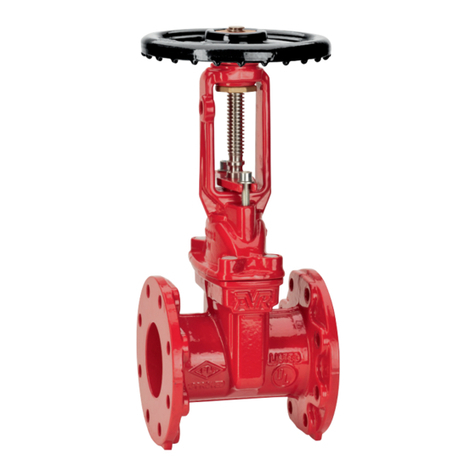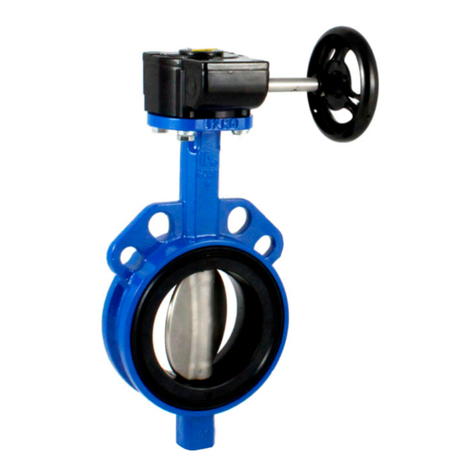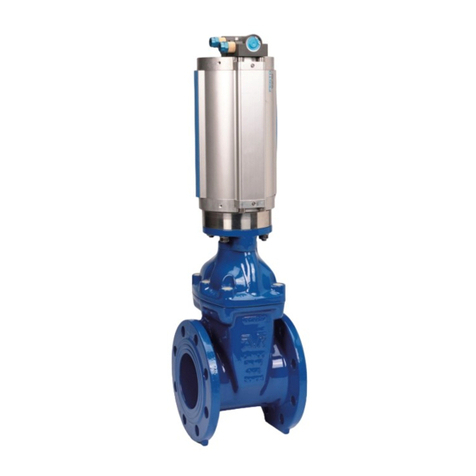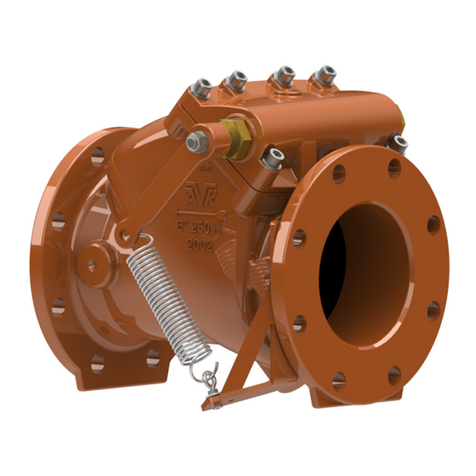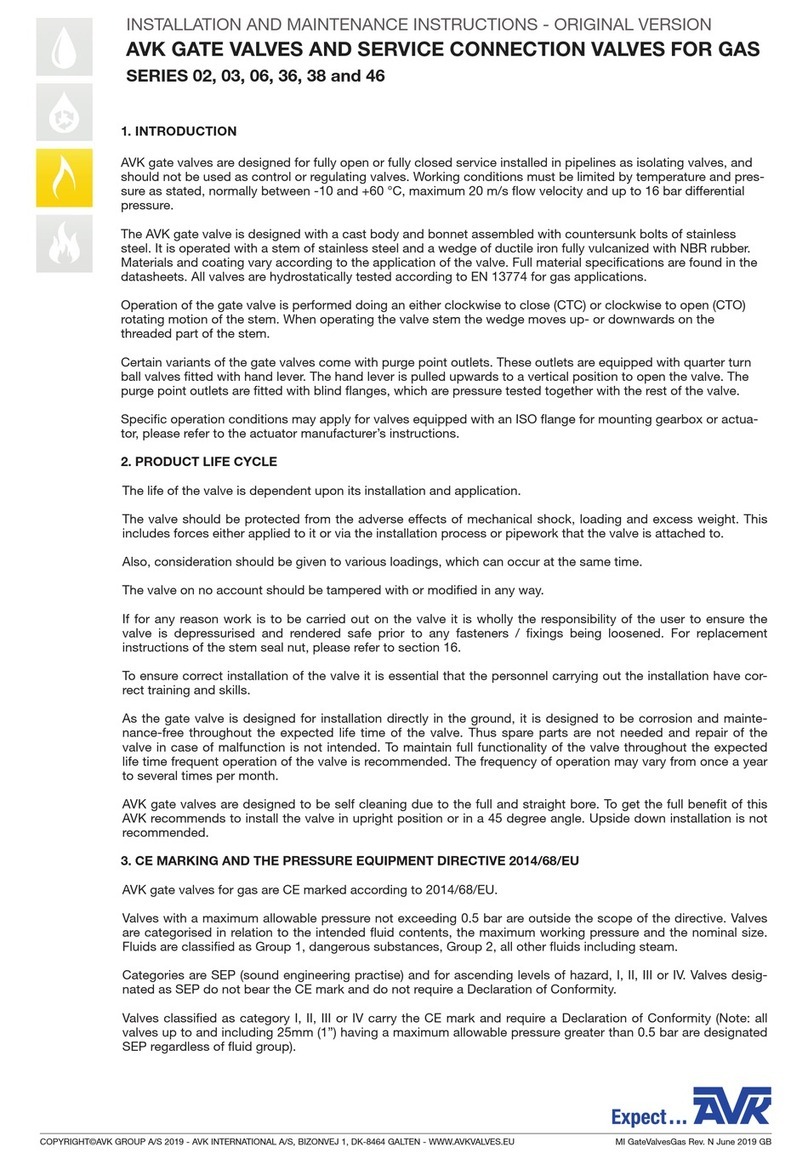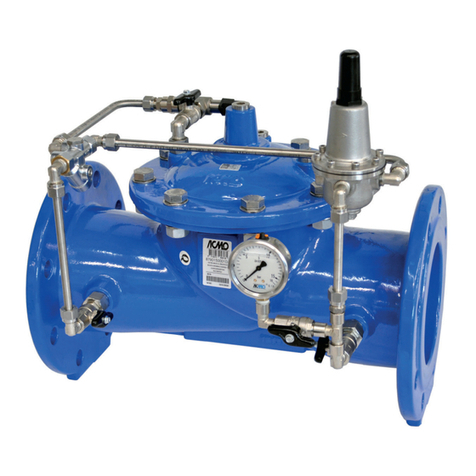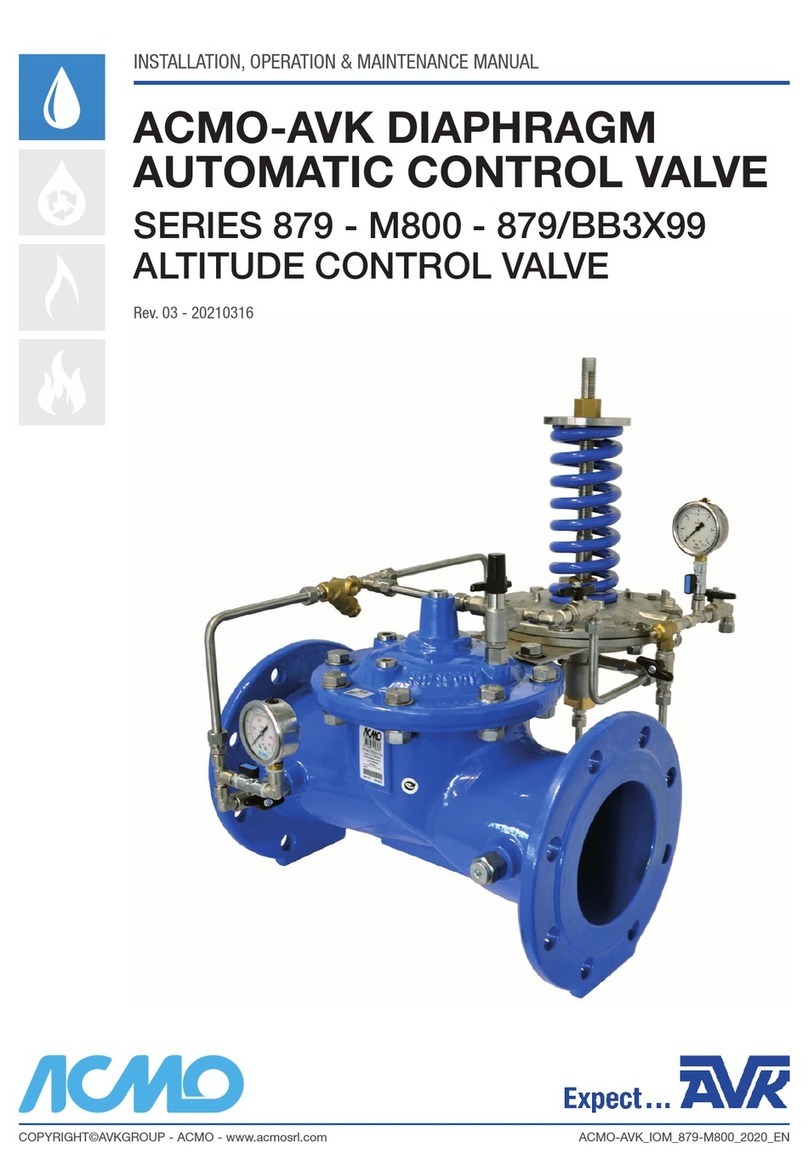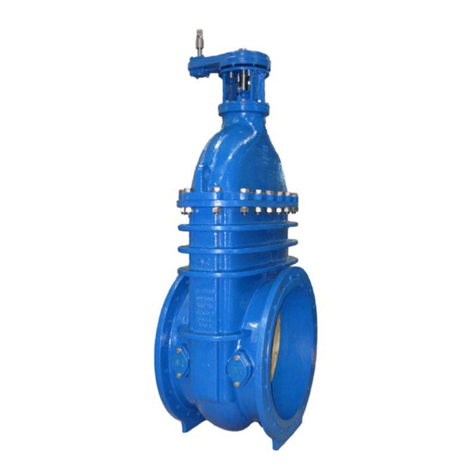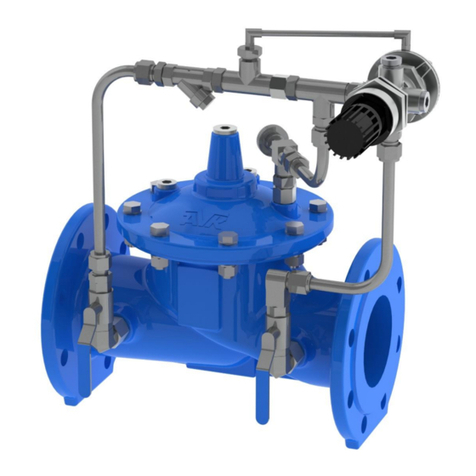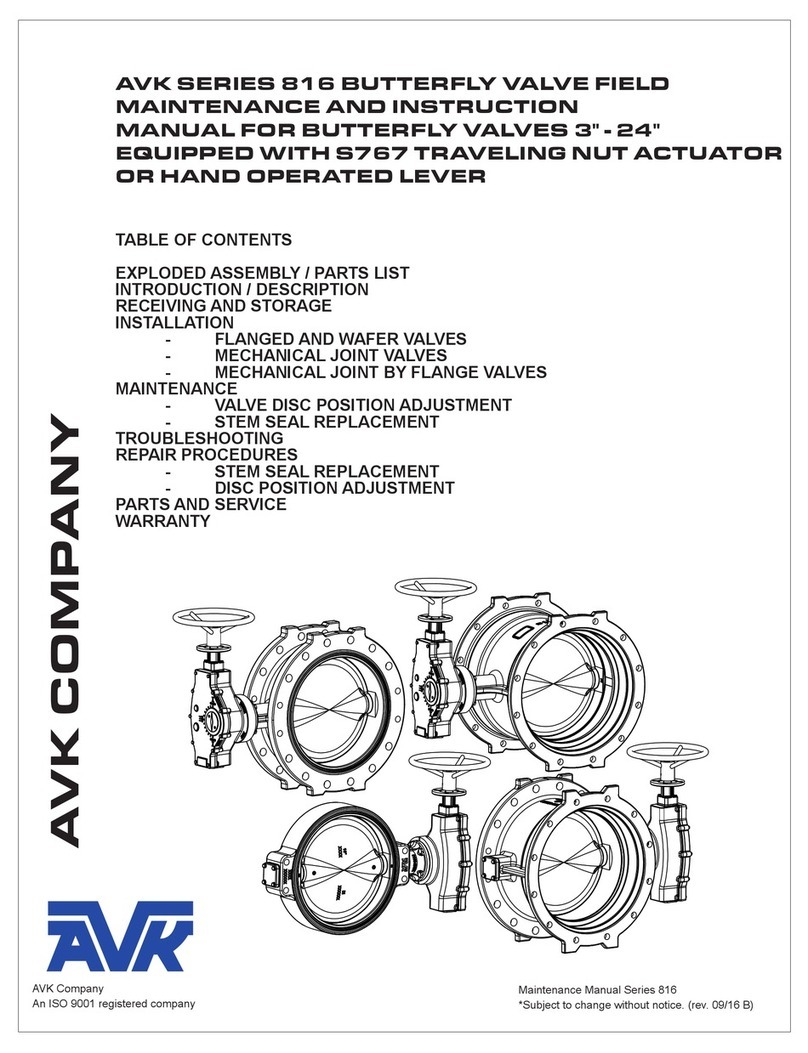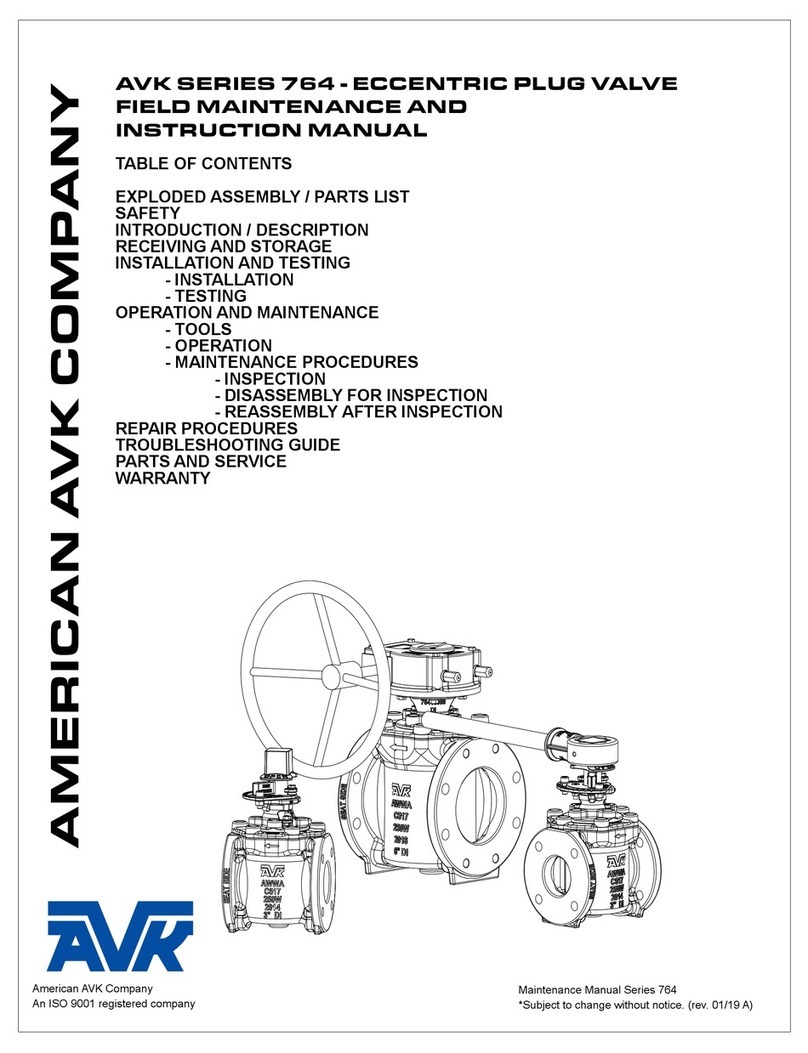Page 4 of 18 Copyright © AVK Holding A/S, original version, rev. 1, 21-Jan-2023
3. Table of contents
1. AVK series 41, swing check valves, exploded view...........................................................2
2. AVK series 41, parts list ....................................................................................................3
3. Table of contents...............................................................................................................4
4. Principle of operation.........................................................................................................5
5. Health and safety at work..................................................................................................6
6. Receiving and storage.......................................................................................................7
7. Installation and commissioning..........................................................................................8
7.1 Flow direction.............................................................................................................9
7.2 Lever and weight / spring (optional)............................................................................9
7.3 Adjusting lever and weight........................................................................................10
7.4 Installation of lever and weight .................................................................................12
7.5 Lever and spring, DN200 and below (optional).........................................................13
7.6 Lever and spring, DN250-300 (optional)...................................................................14
8. Application hazards.........................................................................................................15
9. Operation and maintenance............................................................................................15
9.1 Operation .................................................................................................................15
9.2 Maintenance.............................................................................................................15
9.3 Disassembly for inspection and cleaning..................................................................16
9.4 Renewal of shaft and bushings.................................................................................16
10. Decommissioning............................................................................................................17
11. Trouble shooting .............................................................................................................17
12. Recommended spare parts.............................................................................................18
13. Head Loss.......................................................................................................................18
